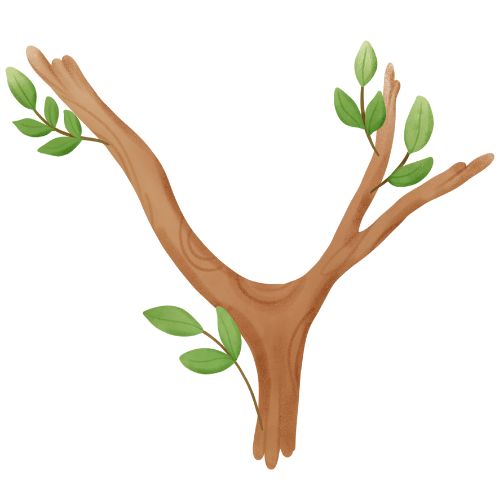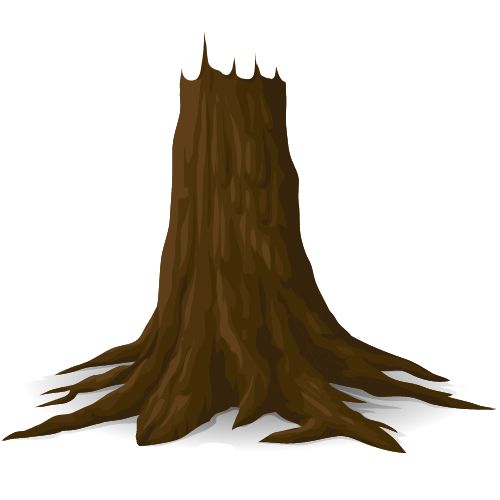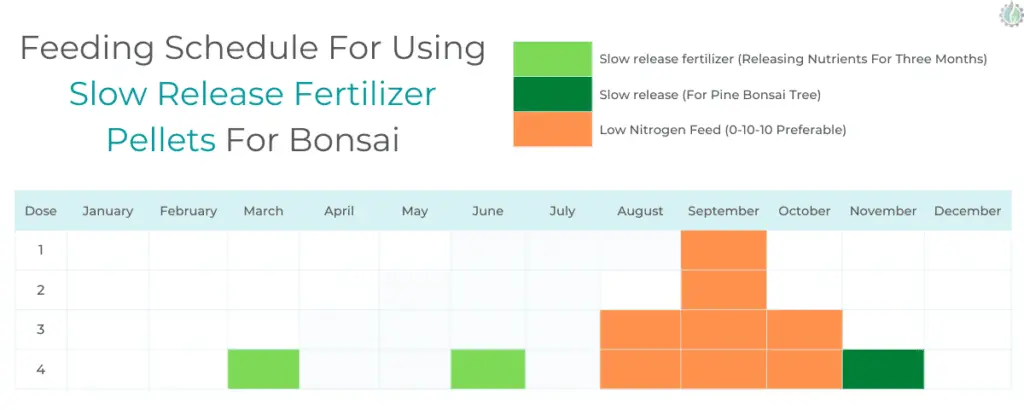Table of Contents
There are three main plant nutrients that green plants need – nitrogen, phosphorus, and potassium. Green plants must receive all three nutrients in order to survive. Inadequate nutrition leads to symptoms such as weak vigor, poor flowering, and reduced resistance to diseases.
Nitrogen (N)

Nitrogen helps plants grow strong stems and dark, healthy leaves.
The result of not getting enough nitrogen is thin, weak shoots and small, yellow leaves that fall quickly.
On the other hand, a high nitrogen level leads to sappy stems and large leaves, both of which are susceptible to fungal attack.
As nitrogen is rapidly used up, it needs to be replaced frequently.
Phosphorus (P)

In order for roots and trunks to grow strong and fruit to be prolific, phosphorus is needed.
Phosphorus also enhances the plants’ resistance to diseases. A deficiency of Phosphorus leads to reduced root development. This eventually leads to weak growth and discolored foliage.
Blooming bonsai that are unable to bear fruit should be fertilized with high phosphates.
Potassium (K)

Potassium aka potash balances the effects of nitrogen.
In addition to improving flower production, it supports the plant’s resistance to fungal diseases and hardens it against harsh environmental and climatic factors.
A higher potash content in the fertilizer can sometimes prevent scorched leaf margins – common on hornbeams and maples.
For flowering plants that bloom slowly, add more potash.
If any of these three elements is completely missing from the plant, it will eventually die. Various trace elements such as magnesium, zinc, boron, and molybdenum are also essential to their health.
Refer to Complete guide to Types of Fertilizers for a detailed article on fertilizers, its components and significance of the components.
Different bonsai species and their fertilizer needs

*Balanced Feed = Approximately equal proportions of NPK
* Like mentioned in the chart, this feeding schedule can be changed a little depending on how your plant responds and the surrounding conditions. Remember, placement of your bonsai container also plays a vital role in your bonsai health. Read more about bonsai tree sunlight requirements and indoor plants locations ideas.
Different species require different amounts of fertilizer.
For example, evergreen trees can be fed for a longer period of time, usually from early spring to early winter.
Deciduous trees, however, should be fed only while they are in leaf, which is usually from early spring to mid-fall.
However, one thing remains common and consistent, all varieties of trees should be fertilized with a high nitrogen fertilizer during their early growth season and with a low nitrogen/high potash fertilizer during their later growth season.
In spring and early summer, a high-nitrogen-based fertilizer, such as 10:10:10, or a general-purpose fertilizer, such as 7-7-7, is a good choice;
A high potash fertilizer, such as 4:10:10 or 4:7:10, is best to use during late summer and early fall to make bonsai trees more resistant to winter frosts.
Use of a high nitrogen fertilizer after mid-summer can result in sappy growth, resulting in the tree’s inability to withstand hard winters.

As long as the NPK value is correct, any fertilizer is fine. Regardless of whether you use liquid or solid fertilizer, make sure you follow the directions on the packaging of the product.
Trees that are no longer in training can have the recommended quantity reduced slightly, so as not to stimulate their growth.

Using fertilizer covers when using solid fertilizer will ensure that the fertilizer stays put.
Types of bonsai fertilizer
Fertilizers can be categorized into two groups: organic and inorganic.
Organic Fertilizer
Organic fertilizers break down slowly and release their nutrients through the action of microbes in the soil.
When inert soil mixes, such as akadama, grit or pure peat, are used, organic fertilizers are almost useless until the soil’s inherent flora has had time to develop naturally.
An organic fertilizer supplies the three basic nutrients, as well as some trace elements.
Ingredients such as bonemeal, dried blood, rapeseed meal or plain old horse manure can be used as organic fertilizer. You can use them individually or mix them to make your own bonsai fertilizer mix.
Also Read: Bonsai soil recipes
Inorganic Fertilizer
Inorganic fertilizer aka synthetic fertilizers are (as the name suggests) are made from synthetic ingredients.
The synthetic fertilizers are water soluble and are commonly applied to plants when they are watered.
Unlike organic fertilizers, nutrients from inorganic fertilizers are instantly available to the roots, without the need for microbial action.
Synthetic fertilizers provide the advantage of allowing precise control of how much of the basic nutrients to apply, in what proportions, and at what time.
Synthetic fertilizer can have the disadvantage of being washed away with subsequent watering. It is because most bonsai soils have inert properties.
Furthermore, fertilizers can be divided into 3 more categories : slow release, granular or powder, and liquid.
- Slow release Fertilizer : Slow release fertilizers are applied directly into the soil, and so no additional fertilizer is needed. However, rapid-acting fertilizers (such as foliar feed) can also be used as a supplement to slow releasing fertilizer.

- Granular Fertilizer : Granular or powdered fertilizers are sprinkled on top of the bonsai soil so they will leach into the compost as the tree is watered.
- Liquid Fertilizer : Liquid fertilizer is generally mixed with water before being applied to the bonsai tree. Directly applying concentrated liquid fertilizer is not recommended. A good idea when watering a tree with liquid fertilizer is to place the tree in a basin or large tray. This will collect the runoff from the bonsai pot. The collected fertilizer can then be reused. The leaves of plants are actually able to absorb more nutrients than the roots. Foliar feeding is simple, fast, and convenient, but it tends to leave white powdery deposits on the leaves.

Note: In flowering bonsai trees, tomato and rose fertilizer, which contains potassium and magnesium, can help create fruiting and flowering buds. In the late summer or early fall, apply this fertilizer if you are incorporating this into your feeding schedule.


Bonsai can be fertilized with almost any plant or tree fertilizer provided the dosage is reduced. As a general rule, you should use all fertilizers at half, or even quarter, the normal strength recommended by the manufacturer.
How to use bonsai fertilizer
Bonsai fertilizer can be applied in two ways:
1 . Bonsai fertilizer Soil Application
Organic fertilizer is always added directly to the bonsai soil mix.
At repotting time, they can be added, but most likely they will become active too soon, which could burn the new roots.
Ideally, small pellets or cakes (or piles of granules) should be spread over the surface at about 2 inches (5 cm) intervals. You can move them around to ensure an even distribution.
As stated earlier, you can use plastic mess baskets to prevent the fertilizer from being taken away by birds or being washed away while watering the bonsai pot.
Inorganic fertilizers (synthetic fertilizers) should be introduced in the soil with water, but never at a higher concentration than the manufacturer recommends. The most widely used method is to apply a quarter-strength solution every time you water the bonsai tree.
2 . Bonsai Fertilizer Foliar application
It is also possible for plants to absorb synthetic nutrients through their foliage, often more efficiently than through their roots.
Follow the instructions provided by the manufacturer.
Spray the undersides of the leaves, as well as the top surfaces, with a foliar feed spray.
Tips to remember while using bonsai fertilizer
- It is best to avoid feeding your trees when they can’t use it or when they don’t need it, such as during the fall season. Doing so could cause the root ‘burn’.
- Generally, you should use fertilizers at half strength and twice as frequently as directed.
- Evergreen bonsai trees tend to be somewhat active during winter and will benefit from application of slow-release fertilizers in late fall, such as bone meal or organic fertilizer pellets.
- If you add nitrogen to broad-leaved bonsai species in the development stage, they will grow more vigorously.
- In late summer and fall, apply a nitrogen free feed to harden off the shoots.
- In late summer, avoid high-nitrogen fertilizer as it will promote soft growth that will die from the first hard frost, or indoor bonsai will wilt in the winter. The bonsai tree will also produce fewer flowers.
- Adding phosphate fertilizer can help weak or recently repotted bonsai trees recover and encourage varieties such as cotoneaster, malus, and pyracantha to produce prolific fruits.
- Fertilizers free of nitrogen, applied in late summer and early fall, prevent late growth, thicken branches and trunks, and harden bonsai trees for winter. Also, adding potash helps trees to grow thicker trunks and branches, as well as produce more flowers.

